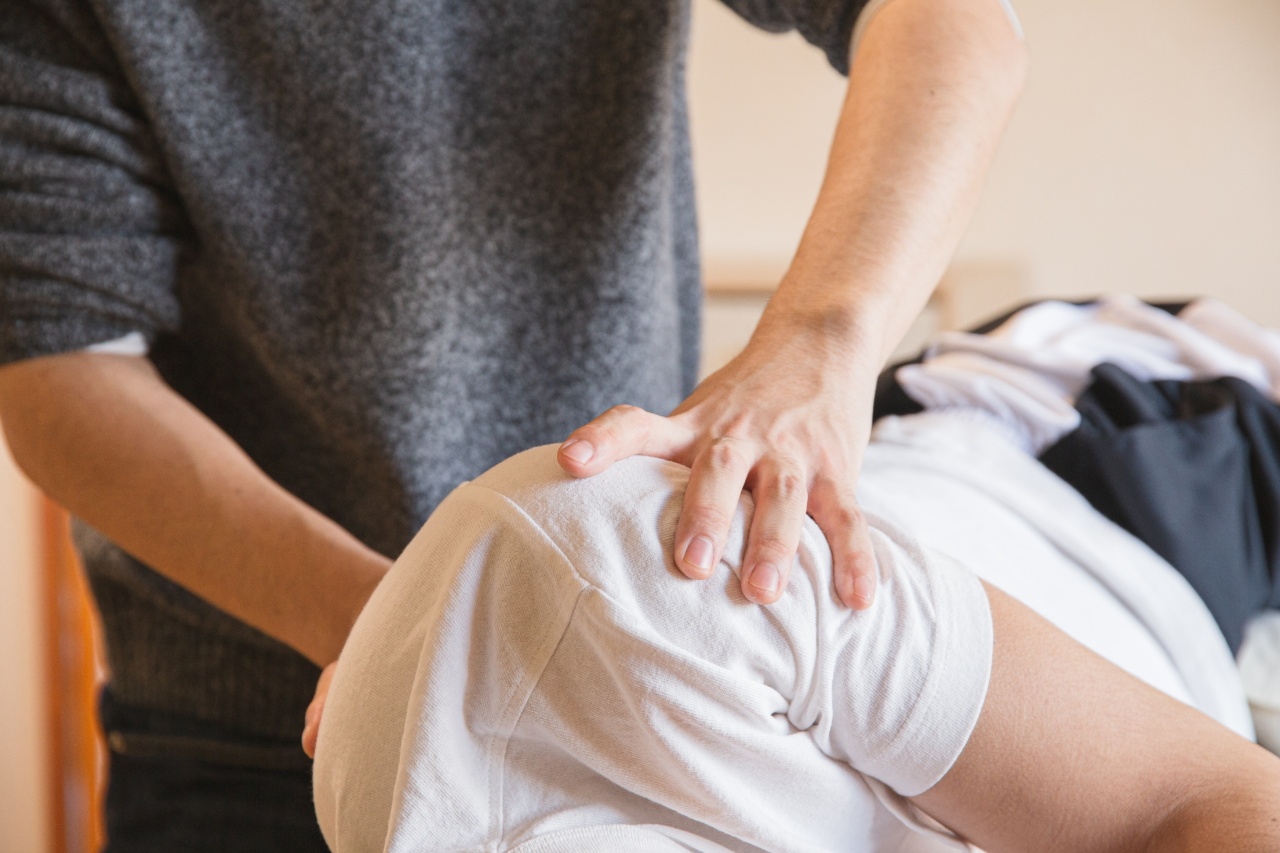Undergoing surgery comes with a range of possible discomforts and complications, and one of the most common of them is pain.
According to a report by the American Society of Anesthesiologists (ASA), almost everyone who has surgery will experience some degree of pain post-surgery, but with appropriate pain management, it can be managed effectively. In this article, we will provide you with some guidelines for managing pain after surgery to help you with a speedy recovery.
Understanding Pain Management
Before we look at the specific strategies for managing pain after surgery, it is important to understand the concept of pain management.
Pain management in the context of surgery is the process of alleviating pain that occurs due to surgical intervention. The primary goal of pain management is to help you recover from surgery without experiencing excessive pain or any other form of discomfort.
The nature and intensity of pain after surgery vary depending on the kind of surgical procedure you undergo. Some procedures involve minimal invasions and are characterized by a low level of pain during the recovery period.
However, others can require extensive incisions on the body, and hence cause a more prolonged and painful recovery period.
Pain management is crucial to promote faster healing and avoid the risk of developing complications, which could hinder overall recovery.
Managing pain after surgery involves therapeutic interventions that are aimed at restoring the normal functioning of the affected body part or system. These interventions include medications, non-pharmacological treatment methods, and a partnership with your healthcare provider.
Pain Management Strategies
Here are some pain management strategies you can use to manage pain after surgery:.
1. Medications
Pain-relieving medications, such as opioids, are commonly prescribed for managing post-surgery pain. Opioids are effective in treating moderate to severe pain but tend to have side effects and a potential for addiction.
To avoid adverse effects, the medication is usually prescribed in specific doses and monitored for the appropriate amount of time. Other prescription drugs may be prescribed for additional symptoms related to pain, such as inflammation or nerve sensitivity.
2. Ice or Heat Therapy
Applying ice or heat to the affected area is another effective method of managing postsurgical pain. The use of ice and heat helps soothe the area of the surgery, which reduces inflammation and provides pain relief.
However, it is essential to follow appropriate application instructions and not risk possible injury from cold or heat energy sources when performing at-home remedies.
3. Physical Therapy
Physical therapy is another pain management method that involves the use of exercises and mobility exercises to improve the functionality of the affected part of the body. This can help in reducing pain by encouraging circulation to the injured area.
4. Mind-Body Techniques
Some techniques, such as meditation and relaxation techniques, have been known to alleviate pain and aid in coping with the stresses of post-surgery recovery.
These techniques focus on controlling the mind, breathing, and visualization to promote relaxation and reduce tension in the body, ultimately relieving pain.
5. Alternative Medicine
Alternative methods like acupuncture, herbal supplements, and massage therapy have been used in pain management for a long time.
While scientific evidence supporting their effectiveness remains ongoing, they can provide an alternative option in the management of postsurgical pain.
Partnering with Your Healthcare Provider
A good partnership between you and your healthcare provider can significantly improve your chances of effectively managing your pain post-surgery.
It’s important to communicate with your healthcare provider about your pain levels, its nature, and management methods that have worked for you in the past.
Furthermore, ensure that you follow the prescribed medication and therapy regiment as directed by your doctor or nurse.
Additionally, it is essential to have any post-surgical concerns addressed in a timely manner to reduce the risk of complications or missed instructions, which can contribute to heightened levels of pain.
Conclusion
Recovering from surgery can be uncomfortable, but it is possible to manage and alleviate most of the pain that comes with it.
Effective pain management requires a combination of pharmacological and non-pharmacological modalities, partnerships between patient and healthcare provider, and patience as the body heals at its own pace.




























